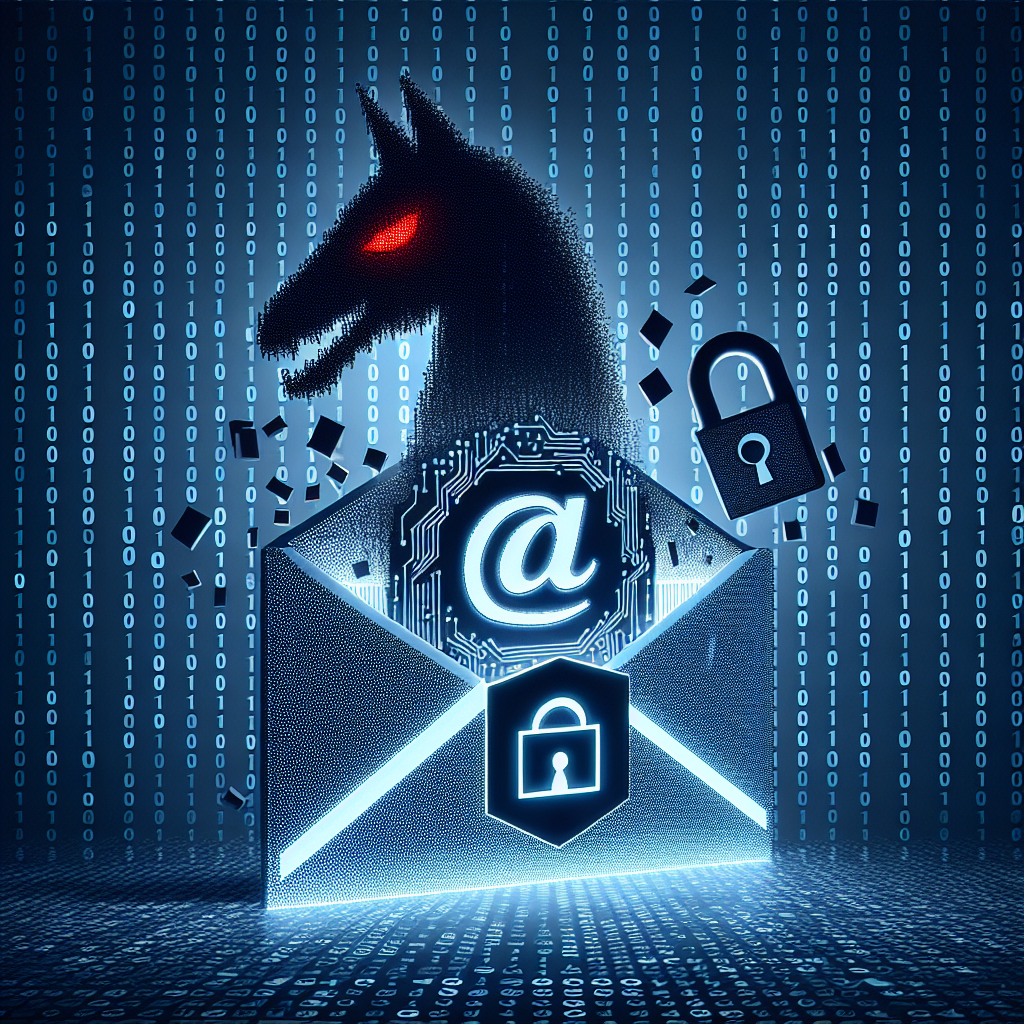
Introduction
Email remains one of the most prevalent communication tools in both personal and professional settings. However, its ubiquity also makes it a prime target for cybercriminals. One of the most effective methods hackers use to infiltrate systems is through malicious attachments in email campaigns. This article explores the strategies hackers employ, the types of malicious attachments commonly used, and the measures individuals and organizations can take to protect themselves.
What Are Malicious Attachments?
Malicious attachments are files sent via email that, when opened, can infect a user’s device with malware. These files are crafted to exploit vulnerabilities in software applications or deceive users into executing harmful code. The primary goal is to gain unauthorized access to systems, steal sensitive data, or disrupt operations.
Common Types of Malicious Attachments
- Executable Files: Files with extensions like .exe, .bat, or .scr that can run programs or scripts when opened.
- Macro-Enabled Documents: Documents such as .docm or .xlsm that contain macros—automated scripts that can perform a variety of actions, including downloading additional malware.
- PDFs with Exploits: PDF files that exploit vulnerabilities in PDF readers to execute malicious code.
- Compressed Files: Archives like .zip or .rar that contain multiple files, often used to bypass email security filters.
How Hackers Use Malicious Attachments in Email Campaigns
Social Engineering Techniques
Hackers often employ social engineering to make their malicious emails appear trustworthy. This involves crafting messages that seem to come from reputable sources, such as banks, colleagues, or well-known companies, to trick recipients into opening attachments.
Phishing and Spear Phishing
Phishing involves sending generic emails to a large audience, hoping that some recipients will fall for the scam. Spear phishing is more targeted, where hackers tailor emails to specific individuals or organizations, increasing the likelihood of success by making the content more relevant and convincing.
Business Email Compromise
In business email compromise (BEC) attacks, hackers impersonate high-level executives or partners within an organization. They send emails with malicious attachments, often requesting sensitive information or financial transactions, exploiting the trust and authority associated with the impersonated role.
Techniques to Evade Detection
Obfuscation
Hackers use obfuscation techniques to hide the true nature of the malicious code within attachments. This can include encrypting parts of the file or using deceptive file names to bypass security filters.
Encryption
Encrypting malicious attachments makes it difficult for antivirus software to scan and detect harmful content. The encrypted payload is only decrypted when the user opens the attachment, triggering the malware.
Zero-Day Exploits
Zero-day exploits target unknown vulnerabilities in software, giving hackers a window of opportunity to infect systems before patches or updates are released by developers.
Impact of Malicious Attachments
Data Breaches
Malicious attachments can lead to significant data breaches, where sensitive information such as personal data, intellectual property, and financial records are stolen or compromised.
Ransomware Attacks
Ransomware embedded in email attachments can encrypt a victim’s files, rendering them inaccessible until a ransom is paid. This not only causes operational disruptions but also financial losses and reputational damage.
Financial Loss
The financial impact of malicious attachments extends beyond ransom payments. Costs include system repairs, data recovery, legal fees, and the potential loss of business due to downtime or damaged trust.
Prevention and Mitigation Strategies
Employee Training
Educating employees about the risks of opening unknown attachments and recognizing phishing attempts is crucial. Regular training sessions can help build a security-aware culture within an organization.
Email Filtering
Implementing advanced email filtering solutions can help detect and block malicious attachments before they reach the recipient’s inbox. This includes scanning for known malware signatures and analyzing attachment behavior.
Antivirus Solutions
Using reputable antivirus and anti-malware software provides an additional layer of defense. These tools can identify and neutralize threats that may slip past email filters.
Regular Software Updates
Keeping all software applications up to date ensures that vulnerabilities are patched promptly, reducing the risk of exploitation by malicious attachments.
Conclusion
Malicious attachments in email campaigns are a significant threat in the cybersecurity landscape. By understanding the tactics hackers use and implementing robust prevention measures, individuals and organizations can protect themselves against these sophisticated attacks. Vigilance, education, and the right security tools are essential in mitigating the risks associated with malicious email attachments.
Leave a Reply